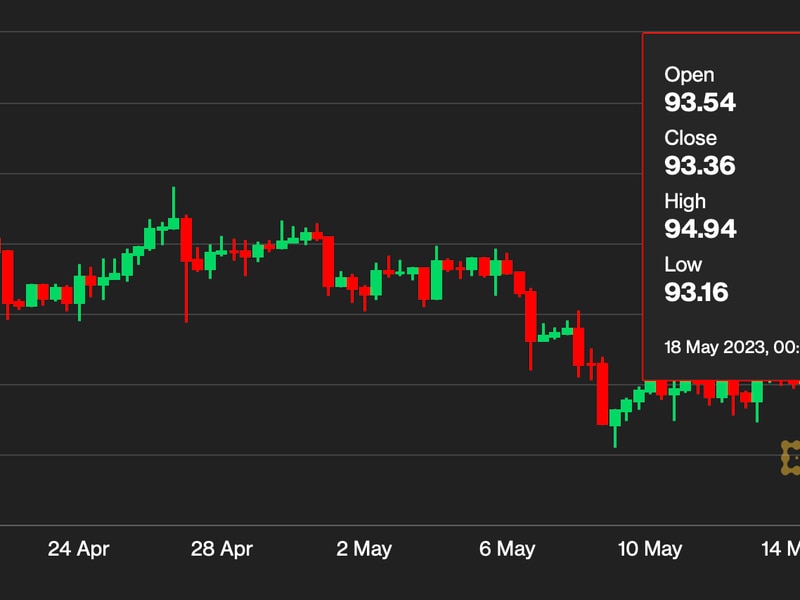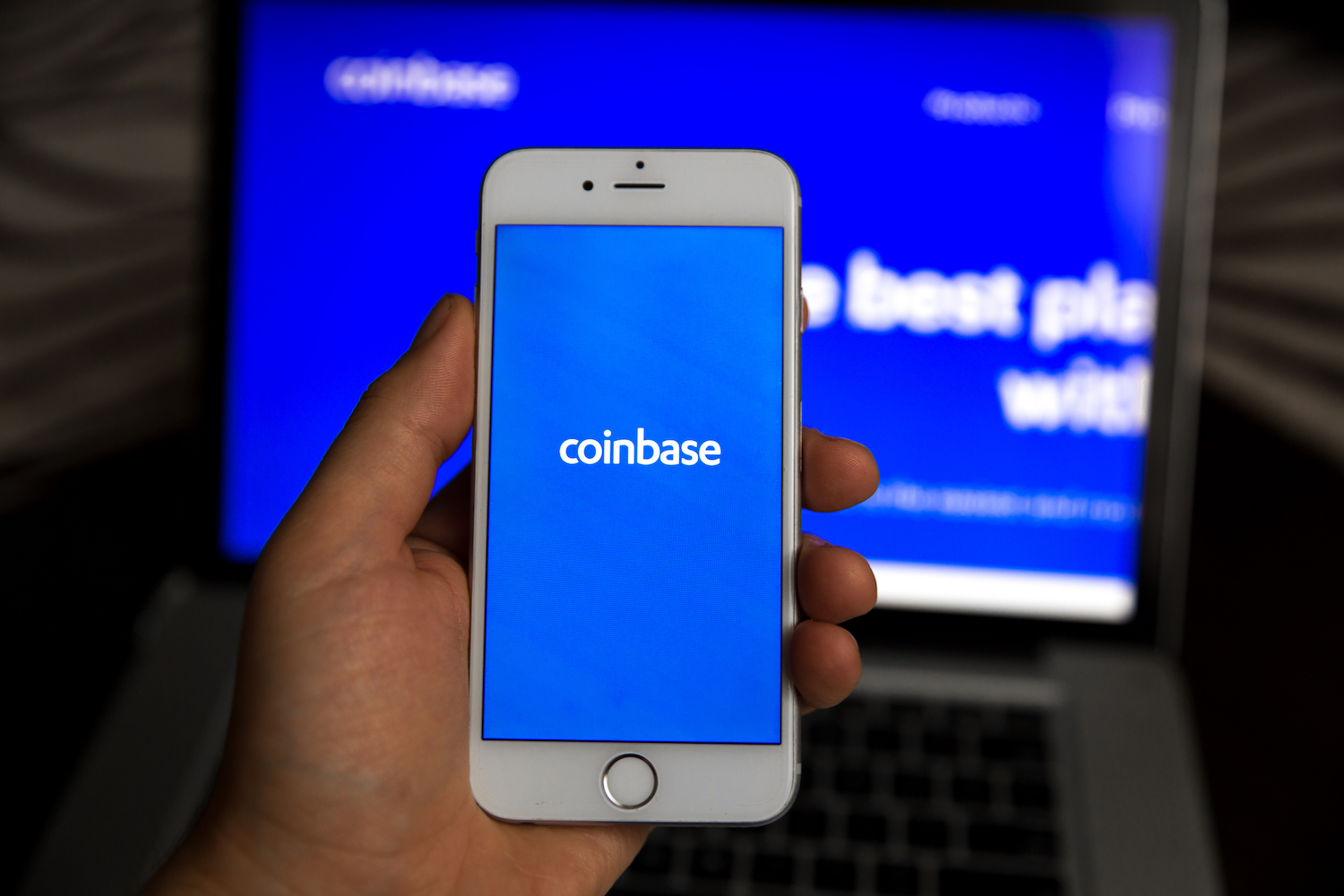After 2022’s Bust, Scars Are Healing In Crypto Lending
In 2022, the crypto lending market had collapsed after a series of devastating events including the fall of LUNA/UST, the insolvency of Three Arrows Capital, and the FTX bankruptcy. Many key lenders that provided a substantial share of the lending market’s volumes were forced to close their doors after this period including BlockFi, Celsius, Voyager, and Genesis. However, one of the few silver linings coming out of this period was that it exposed the many issues that existed within the market structure and provided a blueprint for how to build a healthier ecosystem in the next cycle.
The crypto lending market had peaked in 2021-2022 amid outsized crypto returns and years of low-interest rate environments. With loan defaults uncommon in bull markets, and investors clamoring for top-line growth, many crypto lenders found themselves in a race for absolute yields with risk-pricing and portfolio health being a secondary concern.
You’re reading Crypto Long & Short, our weekly newsletter featuring insights, news and analysis for the professional investor. Sign up here to get it in your inbox every Wednesday.
Increasing competitive pressures on structure/terms led to a proliferation of unsecured lending, relaxed underwriting/diligence standards, and growing allocations in high-yield DeFi strategies. This highly-levered environment became a tinderbox when a few bad catalysts brought everything down.
Two years later, the market looks very different and we are finally starting to see strong signals of recovery. Catalyzed in part by the launch of Bitcoin ETFs in the U.S. in January, institutional lenders have seen rapid expansion in 2024. Some examples of this from publicly reported data can be seen below:
-
Coinbase Prime’s financing business
reported
that its loan book increased +75% QoQ from $399mm to $700mm in 1Q24
-
Ledn, a crypto lending platform,
publicly reported
$584mm of institutional loans issued in 1Q24, a +400% increase QoQ
-
Membrane, a loan technology provider (and my employer; full disclosure),
reported
that the first-half of 2024 saw 3x the loan bookings of the full-year 2023
Risk Management Practices
Lenders are placing a heavy emphasis on risk management, keen to not incur loan losses and maintain the trust of their counterparties. In a stark contrast to 2021, detailed entity diligence and verification of assets are now standard onboarding practices.
Over-collateralized lending has become the dominant share of loan activity and many borrowers are insisting that their collateral be held in tri-party with a custodian. A much smaller share of the market, unsecured lending is now typically restricted to specific well-capitalized borrowers and often includes structural protections and/or ongoing monitoring requirements.
Transparency has also been a focus as many lenders, and their capital providers, are demanding visibility to monitor their borrowers’ use of loan proceeds while many borrowers will demand an ongoing line-of-sight into the wallets where their collateral is held.
New Participants & Innovative Technologies
The growth of new lenders coming to market may now be greater than at any point since 2021. Swiss banks, such as Sygnum, Amina, Dukascopy and others, have gradually entered the market and other large institutions from traditional financial markets are also moving into the space as exemplified by Cantor Fitzgerald’s announcement of a new Bitcoin financing business with $2B in initial funding. These new entrants will be able to both supply capital to the broader trading community as well as to crypto’s existing lenders, ultimately driving a more robust and liquid market.
Large custodians like BitGo and Copper have leaned into prime financing businesses, many new credit funds have launched in the APAC region, and several ETF issuers are actively exploring how to deploy their assets to generate yield.
Improved tools for loan and collateral management have empowered many of these lenders to mitigate risk and expand their product offerings. A prime example of this is the lending platform Trident Digital that has built products for offering leverage to trading firms without ever requiring funds to come off-exchange, providing traders the benefit of capital efficiency while lenders always remain over-collateralized.
From more efficient risk-based margin capabilities to visibility into use of loan proceeds, institutions now have a wider range of tools at their disposal to reduce counterparty risk and increase confidence in transacting with new partners.
The sustainability of crypto financing and its continued growth hinges on balancing innovation with risk management. Prudent risk management practices paired with tools that provide transparent, secure, and efficient lending services are critical to building a robust and efficient crypto lending market.
Note: The views expressed in this column are those of the author and do not necessarily reflect those of CoinDesk, Inc. or its owners and affiliates.
Edited by Benjamin Schiller.
Disclosure
Please note that our
privacy policy,
terms of use,
cookies,
and
do not sell my personal information
has been updated
.
CoinDesk is an
award-winning
media outlet that covers the cryptocurrency industry. Its journalists abide by a
strict set of editorial policies.
In November 2023
, CoinDesk was acquired
by the Bullish group, owner of
Bullish,
a regulated, digital assets exchange. The Bullish group is majority-owned by
Block.one; both companies have
interests
in a variety of blockchain and digital asset businesses and significant holdings of digital assets, including bitcoin.
CoinDesk operates as an independent subsidiary with an editorial committee to protect journalistic independence. CoinDesk employees, including journalists, may receive options in the Bullish group as part of their compensation.
:format(jpg)/s3.amazonaws.com/arc-authors/coindesk/ce4d1476-f2cc-4881-9667-c20b92391275.jpeg)









